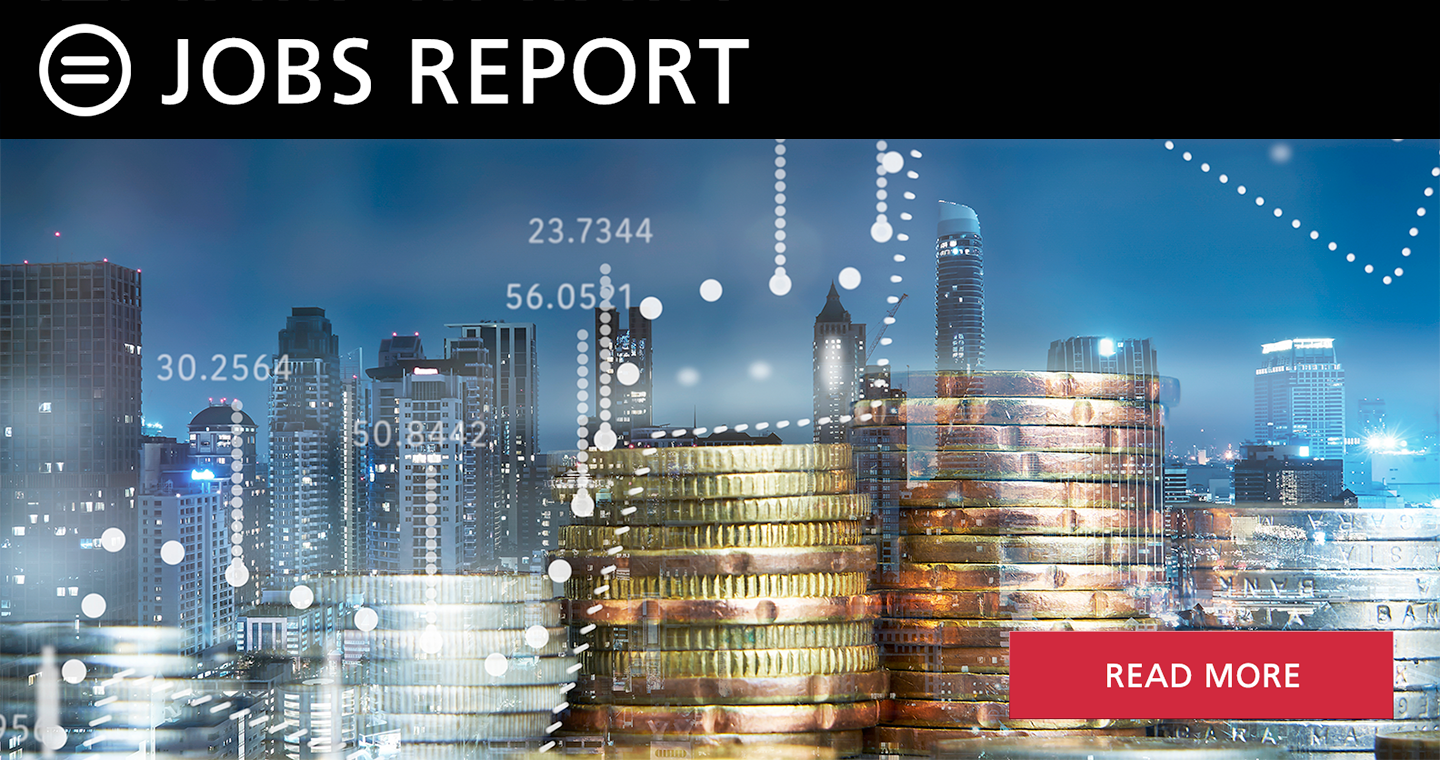August Jobs Report: Steady as She Goes

Dr. Bernard E. Anderson
Whitney M Young, Jr. Professor Emeritus, The Wharton School, University of Pennsylvania
Senior Economic Advisor, National Urban League
The economy created 315,000 new jobs in August, and the unemployment rate tipped up slightly to 3.7 percent, and total employment grew 5.8 million over the year. There was no change in the racial gap in employment opportunity; the Black unemployment rate remained at twice the unemployment rate among white workers, a gap that remained largely unchanged since the data were first collected by race in 1954.
The main point is that the economy is strong, but labor markets are tight, and the Federal Reserve is working hard to reduce inflation which is at a four decade high.
The economy’s rapid recovery from the short, sharp Covid 19 contraction created nearly 2 million new jobs in the last two years, restoring total employment near the pre-pandemic level observed in February 2020. the unemployment rate fell to 3.5 % in July 2020,a level considered more than full employment. Many industries show vigorous job creation coupled with labor shortages. Labor shortages limit the effort to reduce inflation because employers increase wages to retain workers and attract new hires. Wages rose 5.7 % year/year in July 2022.
Moreover, the lingering effects of COVID-19 constrain increases in the labor force, especially among working age women. Their LFPR was 56.9 percent in July, 13 points below that for men, a gap that remained unchanged over the year despite the creation of 5.6 million jobs. There are nearly four million people still sitting out of the strong labor market.
The economy has now regained all the jobs lost during the COVID-19 pandemic with the total employment rate at 240,000 above employment numbers from February 2020. Employment growth was concentrated in a small number of industries, mainly professional and business services, health care, retail trade, and manufacturing. Five industries accounted for 3 of every 4 new jobs created last month. The average hourly earnings grew slightly 0.3 points in August and 5.2 percent over the past year.
The Federal Reserve is following a “steady as you go” policy to reduce inflation which is at a four-decade high. The federal funds rate was raised 150 basis points in the last two FOMC meetings to an average of 2¼ to 2 1/5 percent in an effort reduce consumer spending. But the increased cost of borrowing had minimal impact on prices. The Personal Consumption Index (PCE) the metric the fed uses to set interest rates rose 6.8 % in July; core PCE, excluding volatile energy and food prices rose 5.7 %.
Elevated inflation and high inflation expectations are the product of the imbalance between aggregated supply and demand caused by supply chain issues, constrained housing supply, the ongoing conflict in Ukraine, fiscal stimulus, limitations on domestic energy production. Higher interest rates have a depressing effect on stock prices while increasing bond yields. Investors tend to shift from equity purchases to bond buying to assure future income. Nonetheless, while the yield curve has flattened, there is no clear signal of an oncoming recession.
The Federal Reserve is trying to manage a “soft landing”, bringing aggregate demand in balance with supply while not sparking a recession. The Fed has no tools to address supply chain issues. Chairman Jerome Powell made it clear that the Fed’s mandate is to bring inflation under control, to assure low and stable inflation. In his view,” a failure to restore price stability would mean far greater pain”.
The FOMC is expected to raise the federal funds rate another 75 basis points during the September meeting. Also, the Federal Reserve securities portfolio continues to decline as treasuries and mortgage-backed securities mature and are not replaced. that further reduces the money supply, another factor that helps on constrain inflation. Over the next three quarters economic growth should gradually slow from the high growth rates of 2021 which reflected the reopening to the economy following the pandemic contraction.

